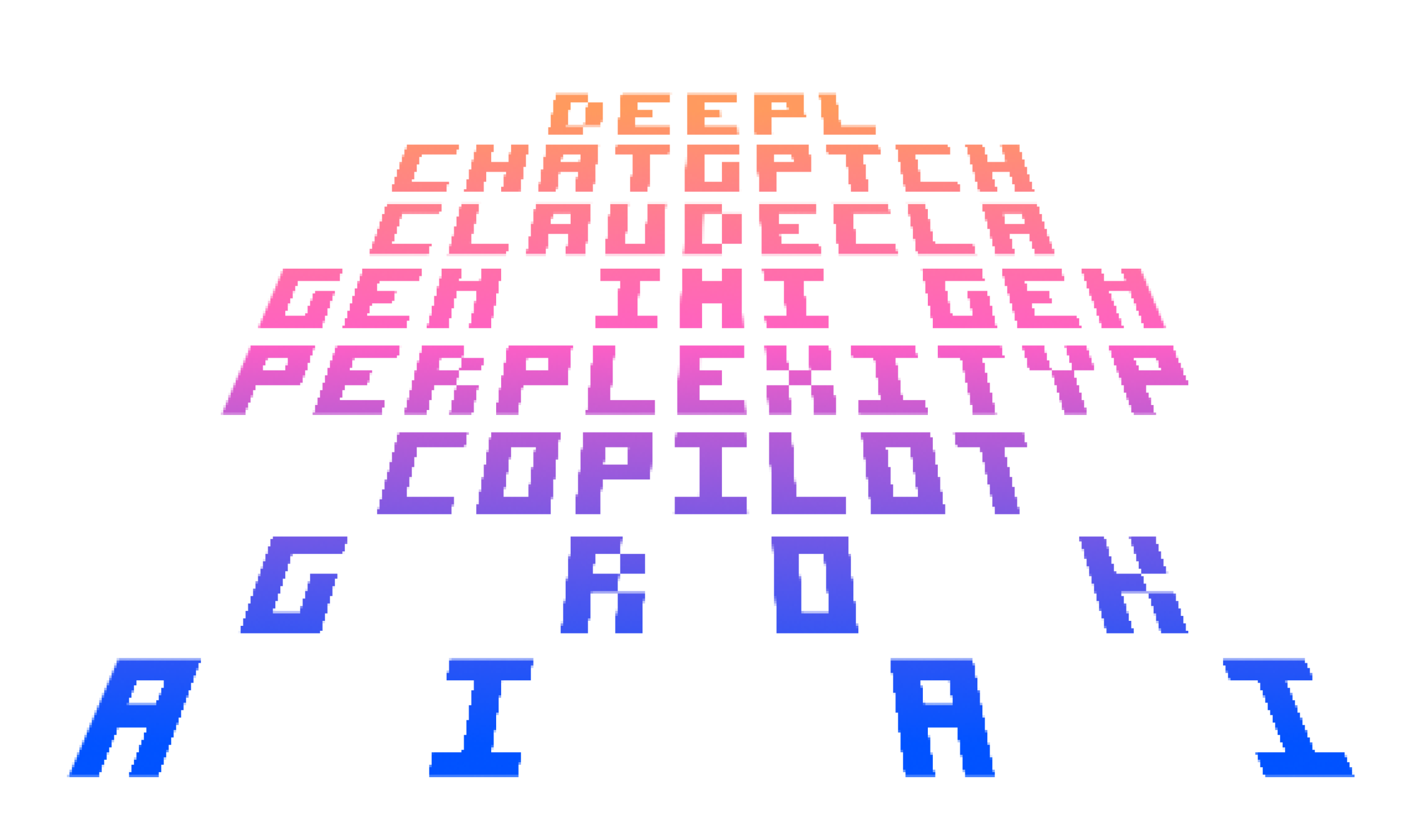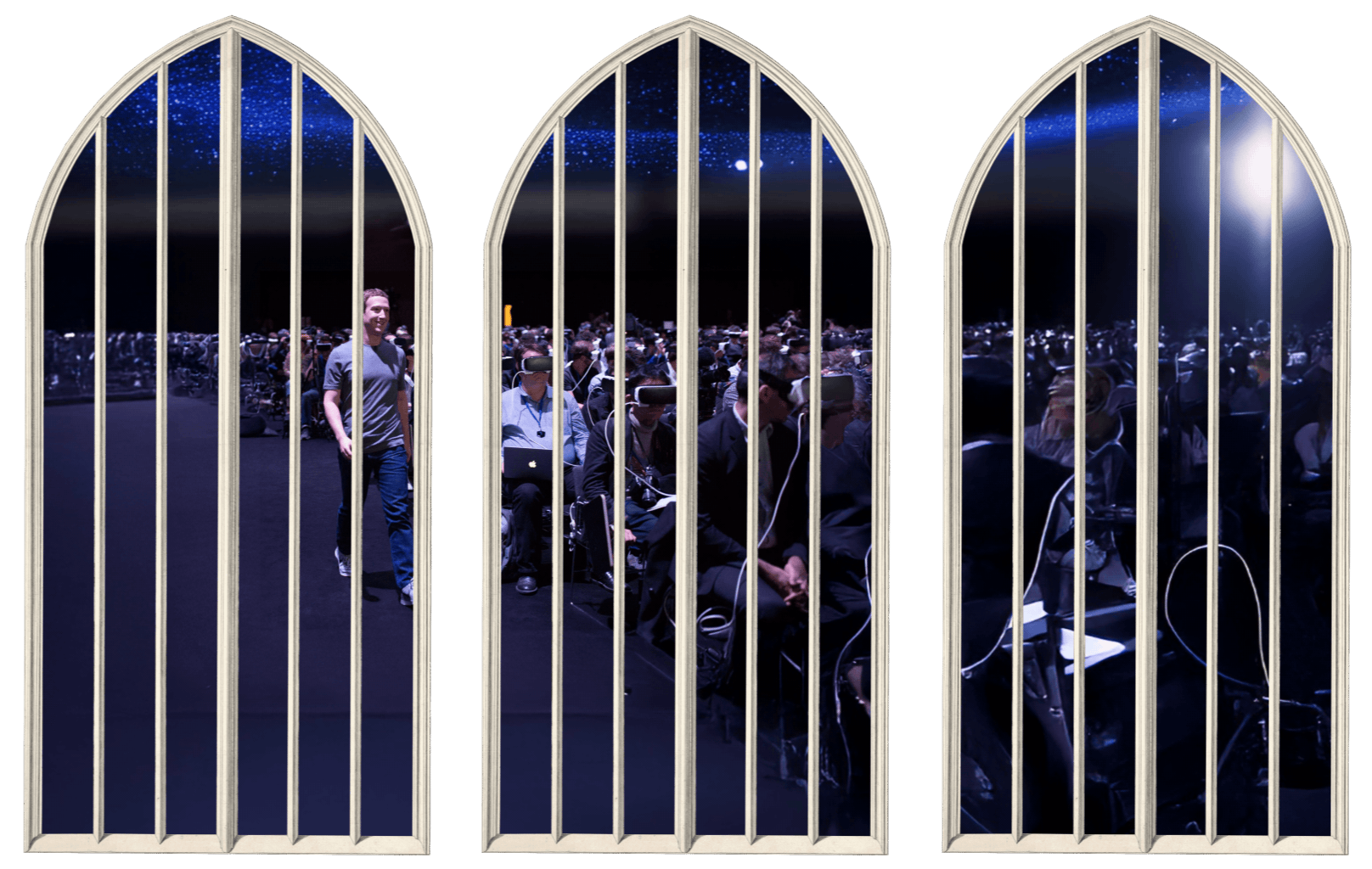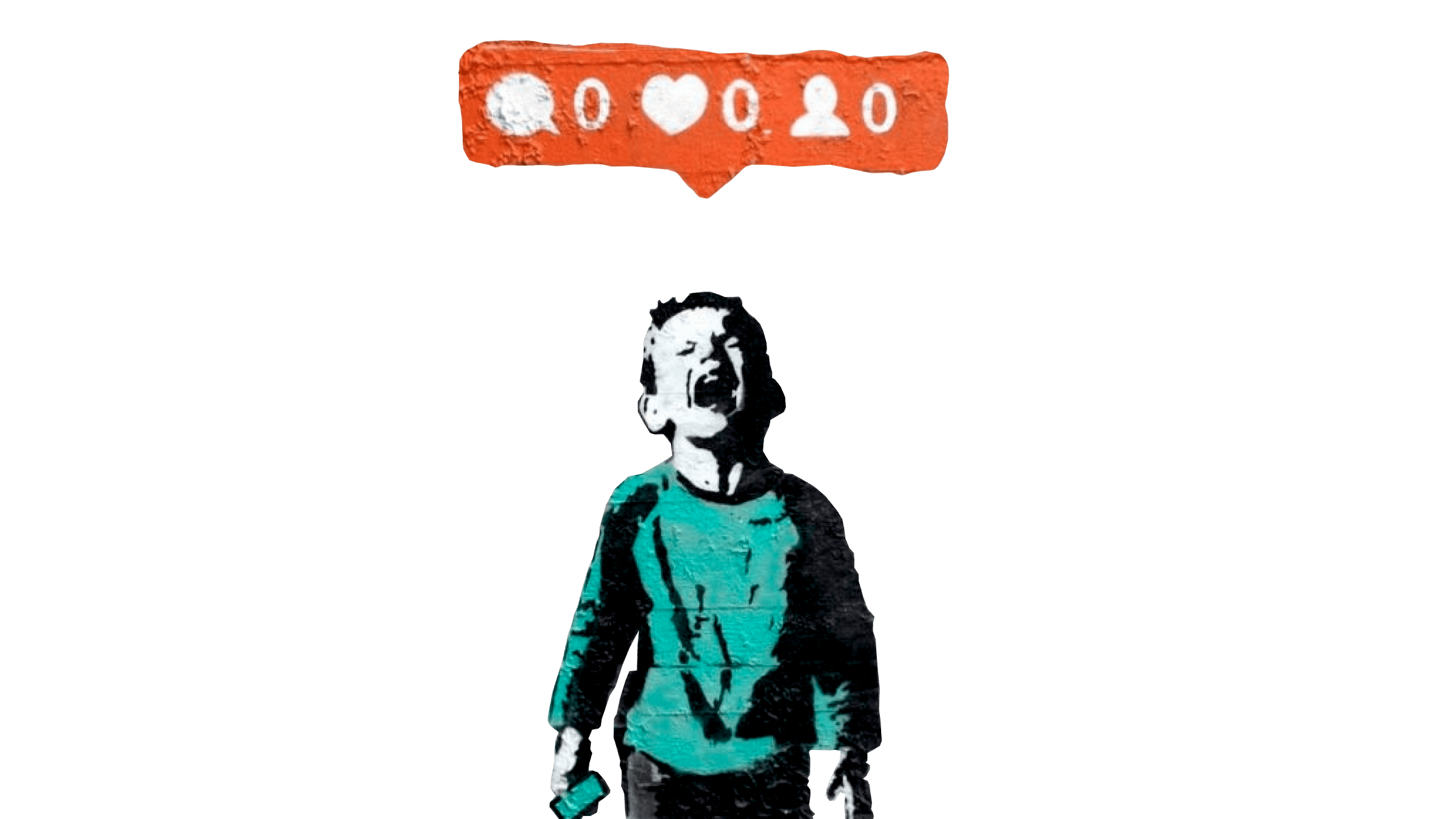Web 1.0 started as a streaming publish-to-read medium; web 2.0 has established itself as a publishing platform for everyone. Now web 3.0 is said to be a technologically advanced Internet, where the user executes and the machines do the thinking.
Nice try. But at this point it’s not the technology that needs to be improved. It’s time that we finally get what we were promised in the beginning: An interactive, social and mainly—simple Internet…
What Is Interactive?
Interactive is what the Internet was supposed to be from the start. With the exception of eBay, Wikipedia and a couple of intelligent user forums, there has not been a lot of interactivity on the web. The reason for that is that there is a big misconception of what “interactive” really means.
I started working in the “interactive department” of a big branding company in 2000. Back then “interactive” was understood as “clicking around”, “movies, flash and stuff” or “spinning logos”.
In the mean time interactive means round colors, shadows and glossy effects and: “users write content”. Websites where people post their stuff together are called “social”. Actually web 2.0 is not really social; mostly it’s just a lot of noise. User generated content as a paradigm is without any doubt a big step for the industry. However, the biggest step is yet to come: To become interactive, social, simple.
Social, interactive means: People communicate and help develop better products and high value content through communication. Right now, most people are streaming their thoughts, bookmarks, ideas. Yes, forums have been around for years, but there people mostly run in insulting circles and rarely produce something new.
Social Web = Democratic Web
Web 2.0 is the base for a democratic web. But like all democratic systems, the web needs basic democratic standards. Yes, rules. Simple democratic rules that apply to coding, design (usability is a form of politeness) and communication (not even Kramer has the right to insult). These rules are not there to bore, restrict or subordinate us, they guarantee to get the maximum out of a collective. They guarantee a maximum amount of freedom for the maximum amount of people.
Recently there is a lot of talk about Web 3.0. Phil Wainewright form ZD Net has written a series on the subject and relaunched the discussion of what web 3.0 would or should be.
Basically he suggests that Web 3.0 is going to deliver a new generation of (business) applications that will be ubiquitous and technically more sophisticated, semantic (programs understanding human language). The question is: Is artificial intelligence what we really need? Is more technology the answer? Shouldn’t we rather bring to an end what we’ve started before we hype up the machinery even more?
Interactive Is Social: Imagine a Social bmw.com
Web 2.0 is preceded by discussion forums, Wikipedia, and eBay. Yet Web 2.0 has to become much easier to use than Wikipedia, the communication has to be more structured than in current forums and the interactive social aspect has to transcend the monotonous “flawless”, “great anytime”, “fantastic experience” eBay comments. To reach the full power of interactive technology we need to catalyze communication.
If adapted to other sectors than bookmarking, forums or auctions, that is including car websites, newspapers, or portals, the next generation of the web will reveal the true power of contemporary communication. Imagine a social BMW.com, imagine an interactive times.com, imagine a democratic yahoo.com. The socio-cultural implications of a truly interactive web are unprecedented.
Interactive Is Social. Is Being More Social Progress?
It’s obvious. Collective intelligence is far more powerful than a single brain. In order to canalize the energy of connected brains we need rules. With those rules in place many can contribute to one cause.
Of course our mainly profit—i.e. self-oriented—business structures need to adapt a little. Humans don’t need to change. As individuals we are highly developed social animals. In groups we act like beasts, and some of the most evil beasts are corporations. As individuals we are well aware of the rules, the do’s and don’ts and the benefit of those rules. All that needs to change is that businesses adapt to these rules.
Oh, I hear you saying, this is a big change. Social businesses! It’s not. Once companies realize that they’re more trustworthy, more competitive, more profitable, if they integrate their customers into the production cycle and openly communicate with them instead of streaming glossy marketing phrases, the old egomaniac business structures will fall like dominoes, fall, like TV is falling, falling to the feet of YouTube:
There is a fundamental shift in consumer behavior going on—and the question is no longer if, but rather when, more television consumption will occur via the Internet than traditional broadcast and cable television. The key tipping point will be when a startup is able to distribute proper television content over the Internet legally. People will begin to abandon their cable tv subscriptions in favor of Internet distribution. —M. Arrington on Techcrunch
You probably guess where I am aiming at. If you are my age you still have your ears full of the capitalist hooray over the communist state. At the time, the victory of the free market over the centrally planned economy provoked an ethically repulsive exultation of the egoist versus the social existence.
But, as with all historic developments, the pendulum started swinging back without people even noticing. By the end of the nineties corporations invested billions in the Internet and with that they signed their own death sentence.
Power in the Hands of the Customer
In the mean time the power has shifted back into the hands of the consumer. Capitalism is turning into a collectively intelligent form of consumerism. Through the Internet, the consumer has an unprecedented amount of power over the companies.
We can compare prices and quality; we can read about the experiences of other buyers of a certain product, before we buy. After we bought a product we can blog about it; we can cause serious harm to the company that refuses to take our complaint. A hearted blogger can reach more people than a TV ad campaign.
Corporations that want to use those social mechanisms for themselves, by using bloggers for PR purposes get into serious trouble. The consumer has become incredibly shrewd in recognizing PR propaganda. And yes, this is where I am heading to: After the centralized suppressive propagandist political systems collapsed, the propagandist business systems will follow.
Corporations that want to stay successful and not be overrun by the latest developments have to stop trying to influence and start communicating with their customers. Progressive conservative marketing agencies like Edelman may have read the sign of the times but they interpret it wrongly. They are trying to save that sandcastle from drowning while the tide comes in. Don’t use bloggers, write interesting stuff yourself. Always tell us who you are and what you want. If you believe in a free market, you can’t use the brainwashing mass-manipulative techniques of suppressive regimes. But first of all: If you have a good product, we’re happy to market it for you.
Just Be Simple
As all technological development, the Internet started as a simple thing (web 1.0) became more and more complicated (web 2.0) and will turn into a simple thing again.
Web 3.0 (networked people? networked intelligence?) will be the synthesis of web 1.0 (networked computers) and web 2.0 (networked documents). It is not more technology, it is not more complicated, it’s Internet as simple as it can get. It is more sophisticated.
Under the hood it can be a real maze, just like the TV, the car, the computer as such, but for the consumer (and the Amazon client is a blogger is a consumer) it will be as easy to use as a mixer, hairdryer, vacuum cleaner. The interfaces will be so easy that your grandmother will be able to use it.
Of course designers are interested in how this web 3.0 will look like. Will it have round corners, gloss and shades? Maybe our fellow designers will develop a whole new set of graphic tricks. One thing is for sure: The interfaces will be much simpler, quicker to understand, websites will have less stuff thrown at us, use bigger readable fonts, activate more white space. Web 3.0 will look more like craigslist than nike.com.
www.thenewrevolutionaries
In a recent article on the latest hype entitled www.thenewrevolutionaries TheGuardian picks the following examples as the upcoming shooting stars:
- The new MySpace is… Bluedot.us
- The new YouTube is… Loopt.com
- The new iTunes is… Pandora.com
- The new Google is… Powerset.com
- The new Craigslist is… Yelp.com
It’s no surprise that they all focus on collective intelligence, interactivity and simplicity on the front end.







